Blog & news
Learn about inspiring stories from the seven regions of the world: Africa, Arctic, Asia, Latino America, North America, Pacific, Russia.
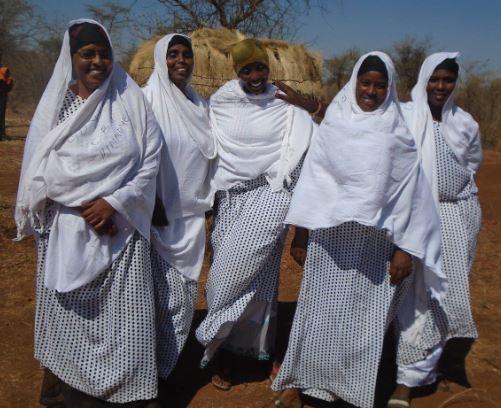
Reviving Traditions through Arts and Culture
There is no better way to revitalize and promote cultural heritage and cultural rights; transmit indigenous knowledge and build peace than through innovative artistic expressions and explorations. The Guyasa CBO embarked on this endeavour and reaped valuable results in Isiolo, in northern Kenya, particularly in Kinna community which is mainly occupied by the pastoralist Waso

A Tribe Protects their Sacred Forest and Strengthens Traditional Knowledge to Enhance Climate Resilience
The Mandaya tribe in Barangay Calapagan, Lupon, Davao Oriental in Southern Philippines noted that some of their indigenous ways and practices that are beneficial to their community have been lost with time, such as the ligad and pasoot, which ensure food security. Ligad means “on the side” where the farmer plants root crops or vegetables
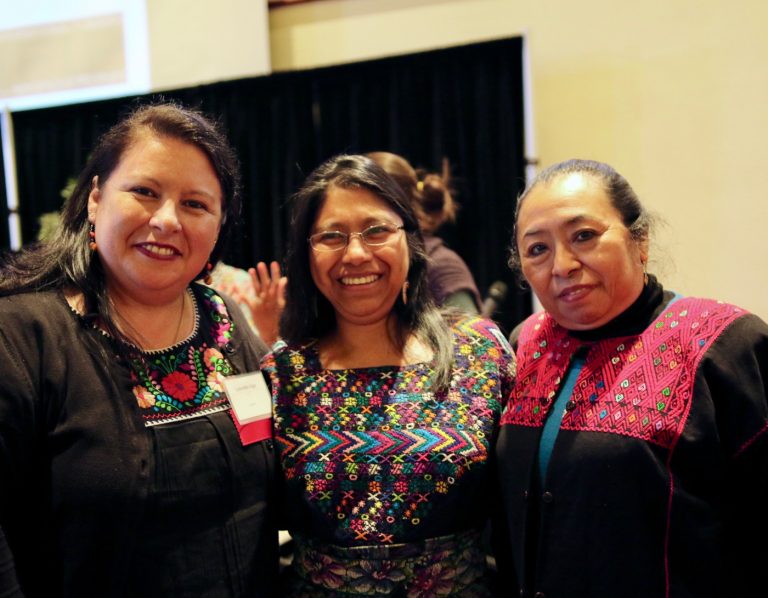
Bolstering Indigenous Philanthropy: The Responsible Way Forward
Blog by Lourdes Inga According to the United Nations there are an estimated 370 million indigenous people in the world, living across 90 countries. Indigenous communities are present in all geographic regions and represent 5,000 different cultures. There is a growing understanding by the global community that indigenous lands and waters represent 80 percent of the
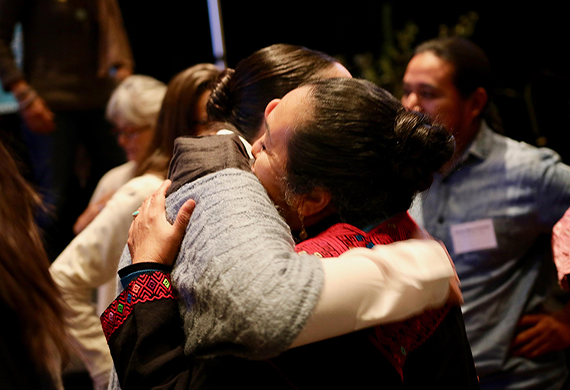
Indigenous Funds Lead the Way to Decolonize Philanthropy
By Rucha Chitnis Institutional philanthropy, in a nutshell, is a Western construct. Often it can seem transactional, likened to a business deal when funders strategize about returns on investment and the ever-present question of scale. Wealth remains in the hands of few, who are disconnected from the realities of Indigenous communities fighting oil pipelines, extracted
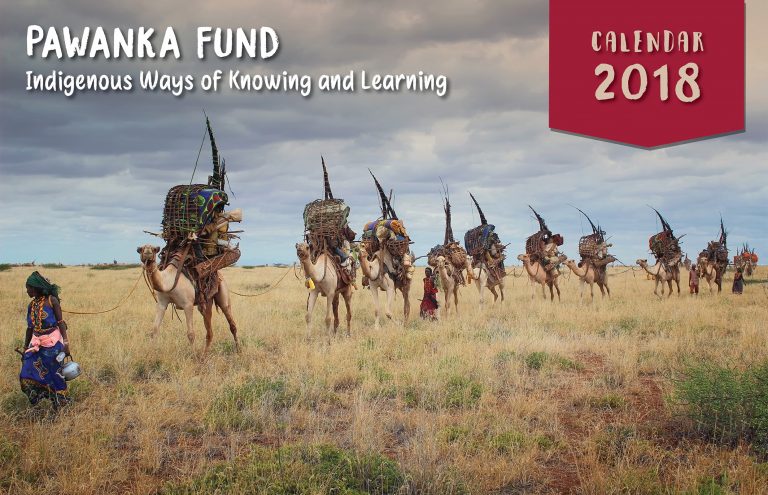
The 2018 Pawanka Calendar brings monthly Indigenous Images of Inspiration
The partners of Pawanka Fund have been doing inspiring work in promoting, protecting and enhancing traditional knowledge as integral to indigenous peoples’ culture, ways of life and innovations. Each partner has a story to tell. These include indigenous women who are struggling to keep their handicraft skills alive and vibrant, preserving seeds for food security;

Traditional Knowledge is Tool for Resiliency and Food Security
The jumia/jhumia are cultivators engaged in hillside agriculture which has been a traditional practice in Chittagong Hill Tracks in Bangladesh. Jum or shifting cultivation has been the only livelihood means for around 50% of the marginal and landless farmers living in the remote hills, which has been regarded by the government and some sectors as
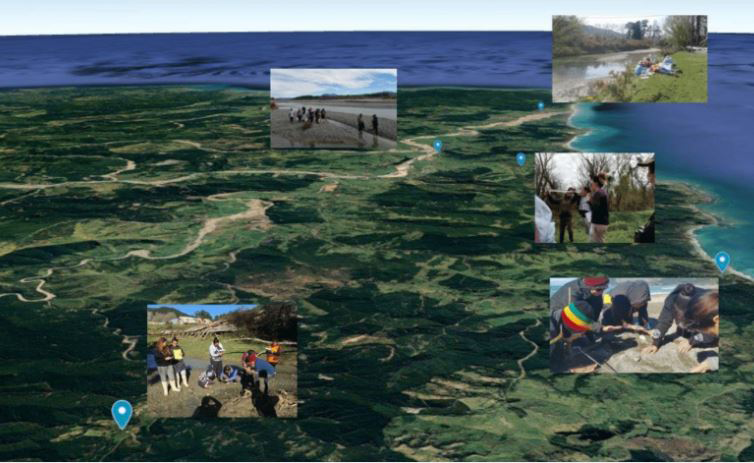
Ngāti Porou Taiao Hub
The Waiapu catchment is the sacred ancestral river of the Māori people. The symbiotic relationship of the catchment and the indigenous people’s cultural wellbeing is of primary concern. When the New Zealand government was established in 1853, and subsequent local governments were formed, the management and decision making for the freshwater and natural resources of
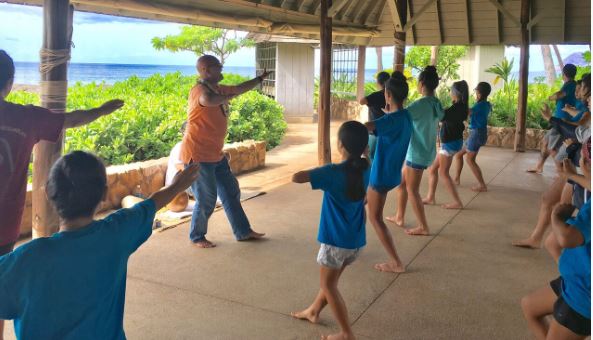
Ancestors’ Wisdom and Poetry in Chants and Dances
Sharing stories through traditional chants and dances is an important and meaningful interaction and learning process. The participants looked back with gratefulness at this project as they saw the relevance of these cultural forms breathed life to the transfer of knowledge from one generation to the next. In the island of Oahu in Hawaii, traditional
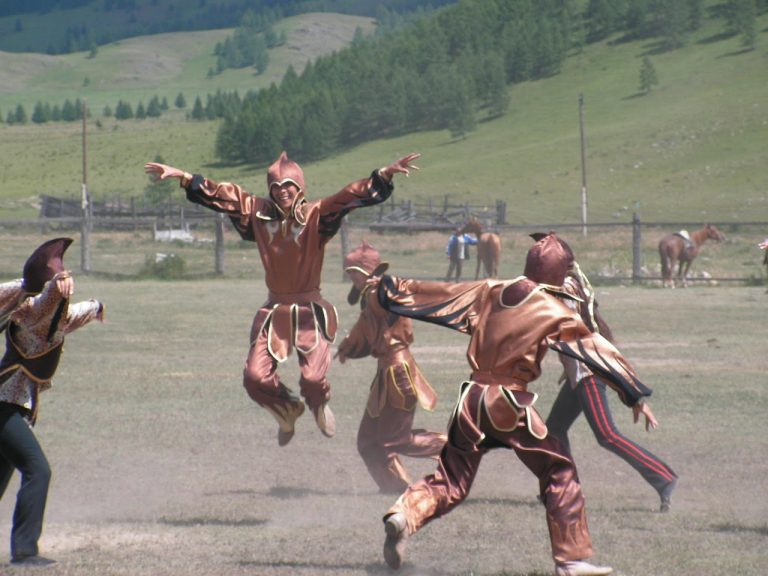
Traditional Markers
Article 12 of the UN Declaration on the Rights of Indigenous Peoples (UNDRIP) states that “Indigenous peoples have the right to manifest, practice, develop and teach their spiritual and religious traditions, customs and ceremonies; the right to maintain, protect, and have access in privacy to their religious and cultural sites; the right to the use
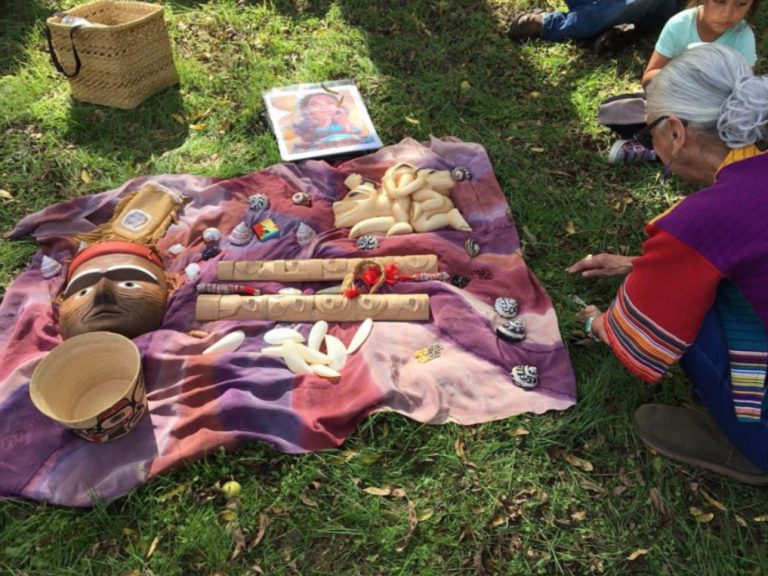
The Sculpture Garden of Native Science and Learning
A Library of Indigenous Knowledge of Place The Indigenous peoples or First Nations of the Northwest, particularly in British Columbia are renowned for their epic wood sculpture and carvings, notably their totem poles. This artistic tradition can be traced to their ancient ways of transmitting their genealogies, cultural knowledge and native science. When a group
